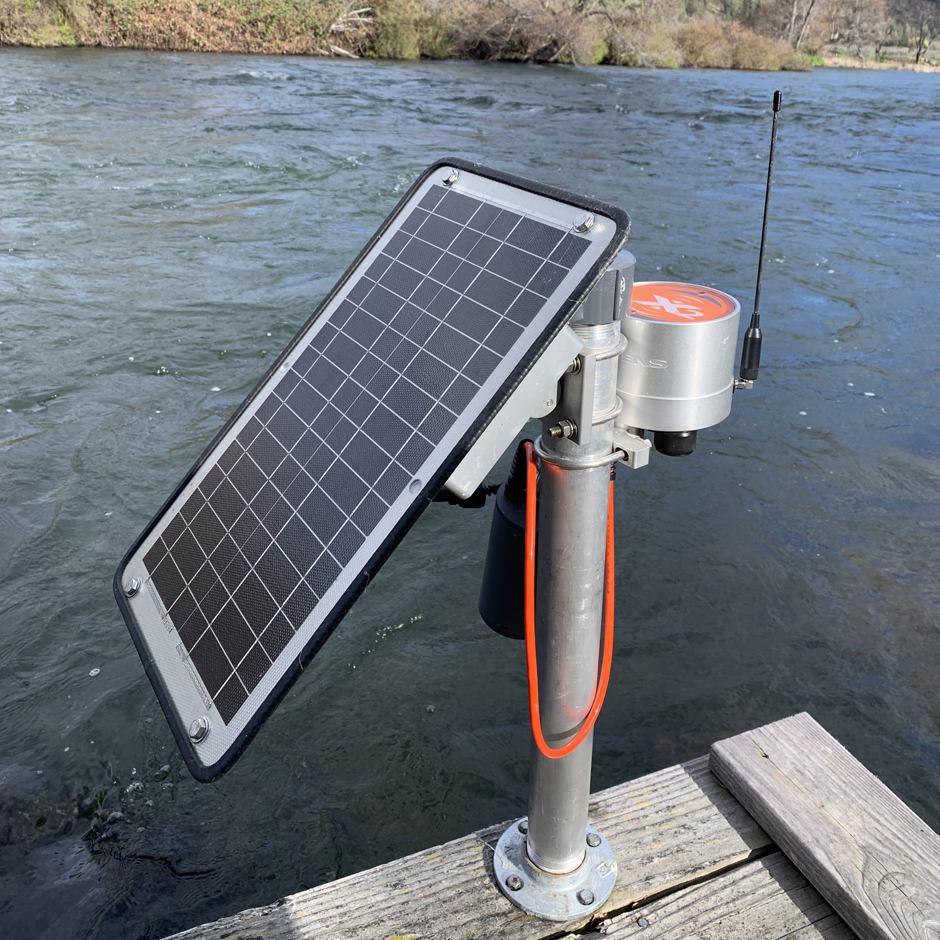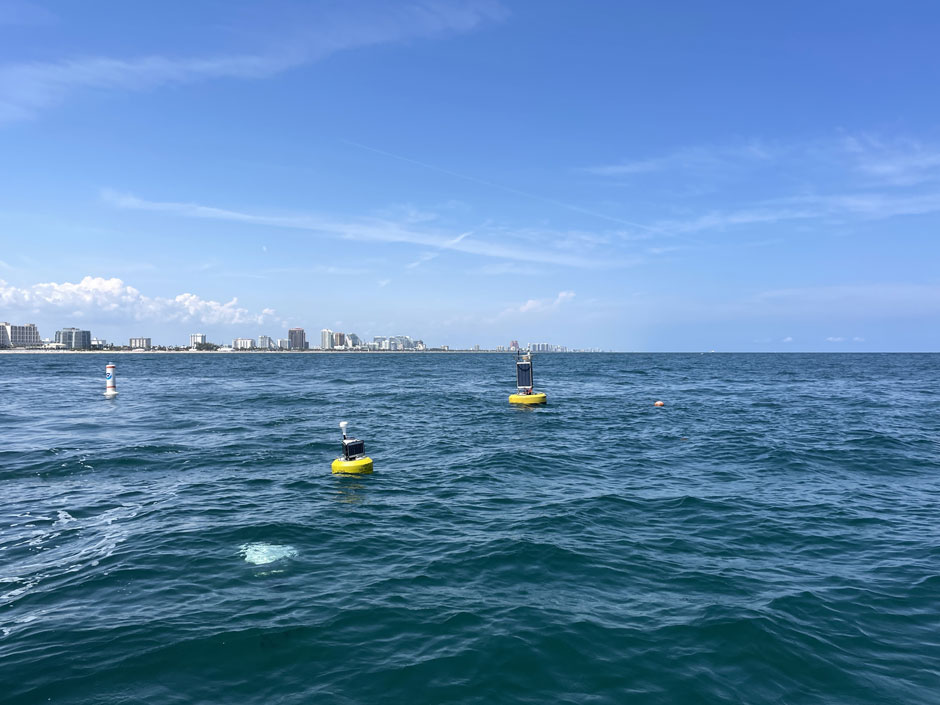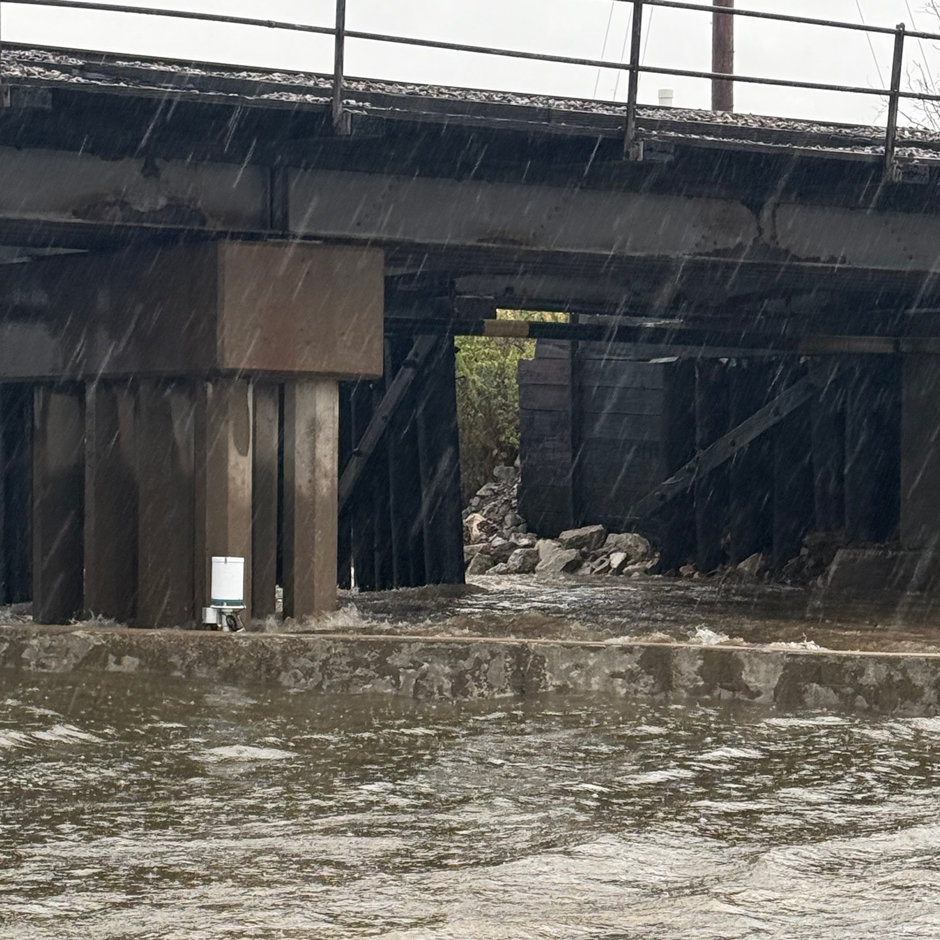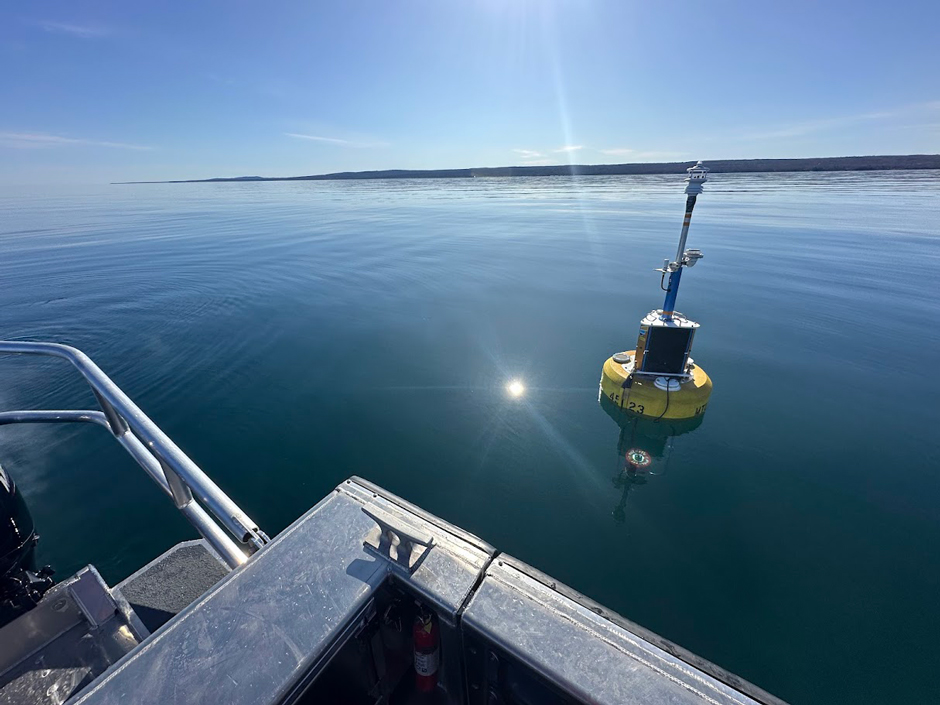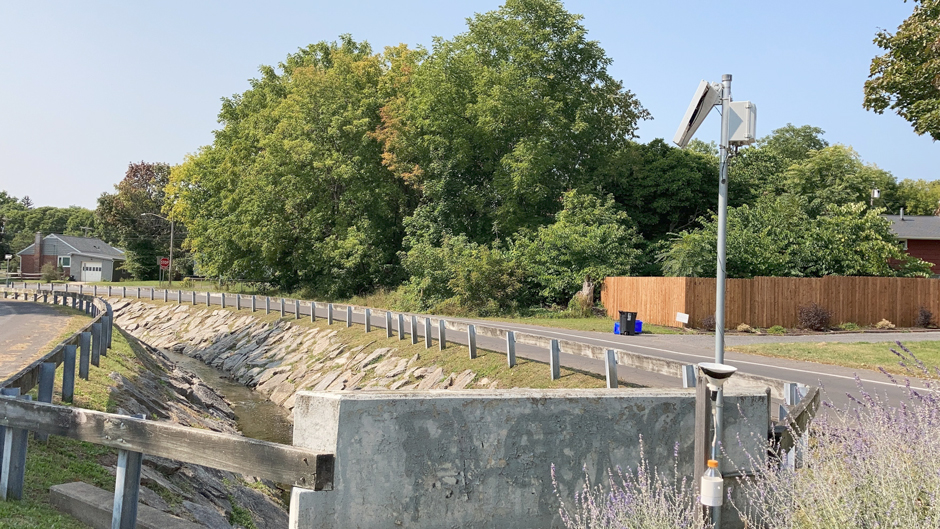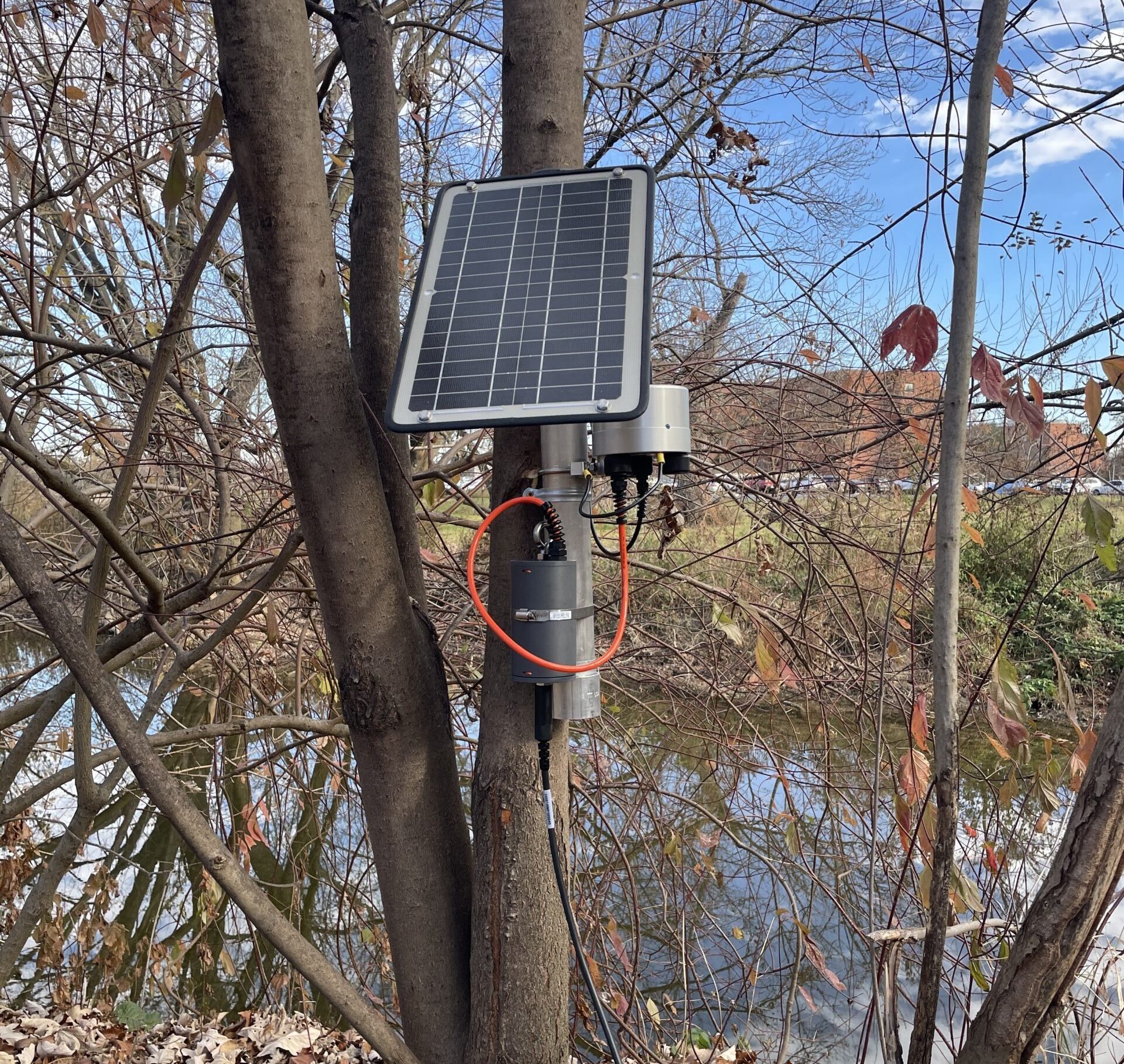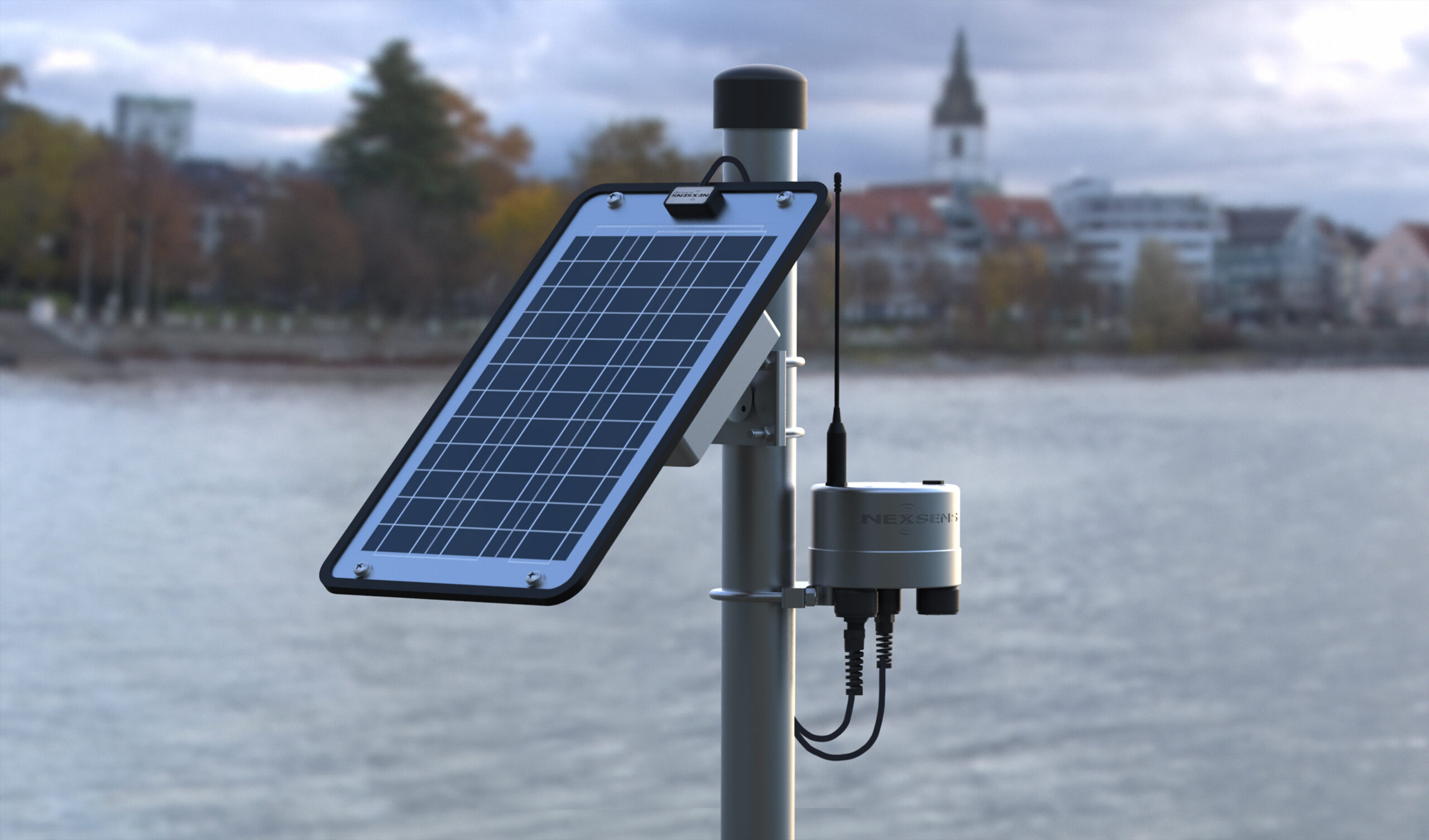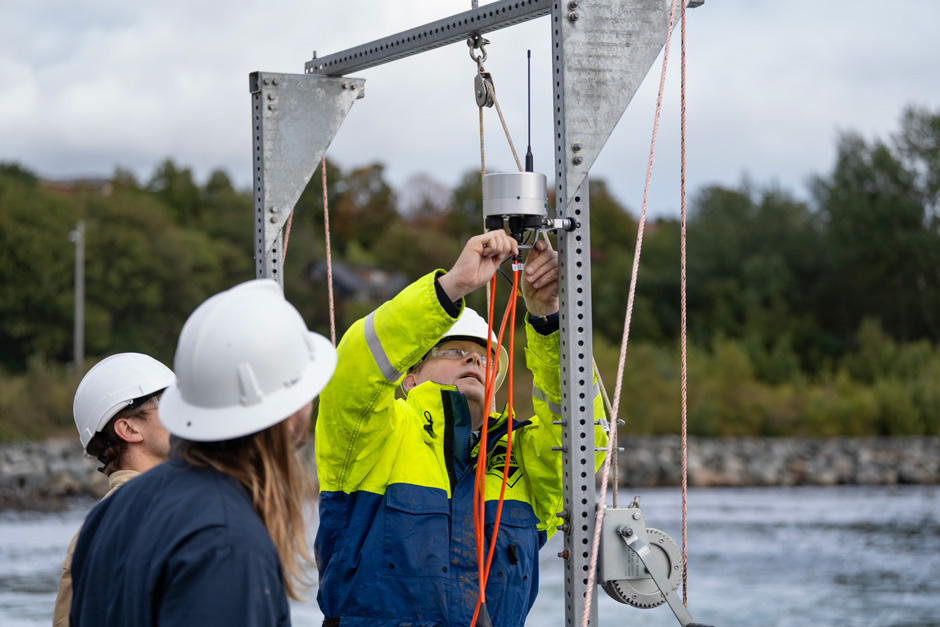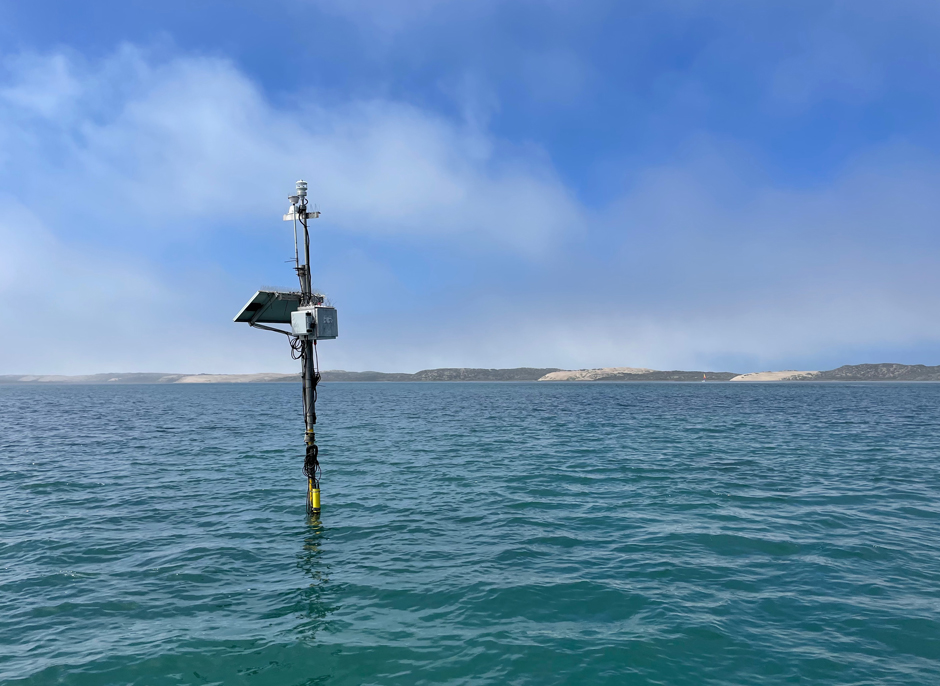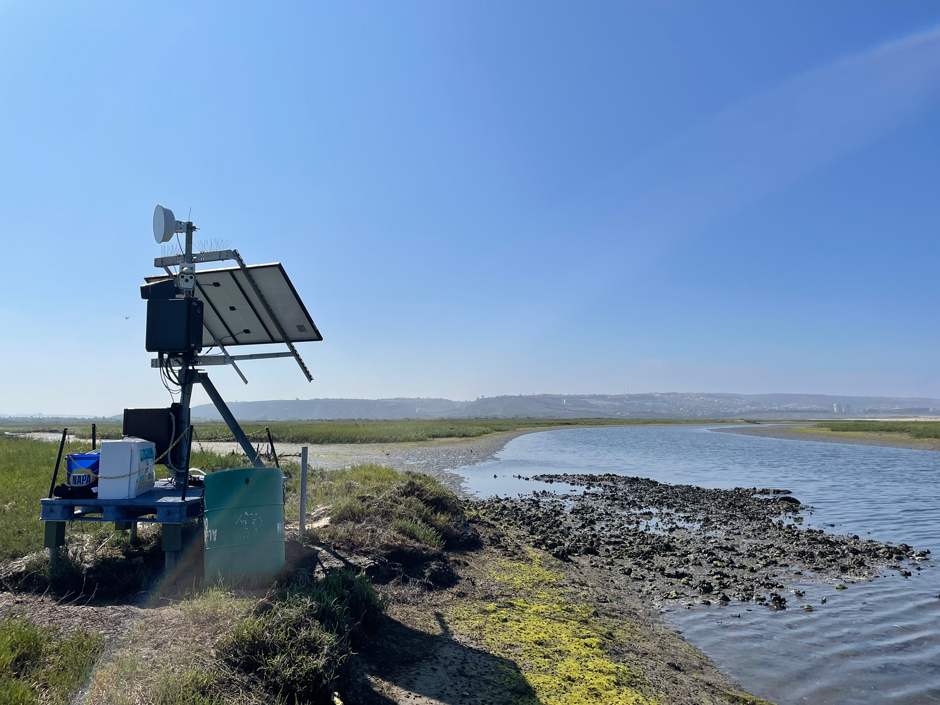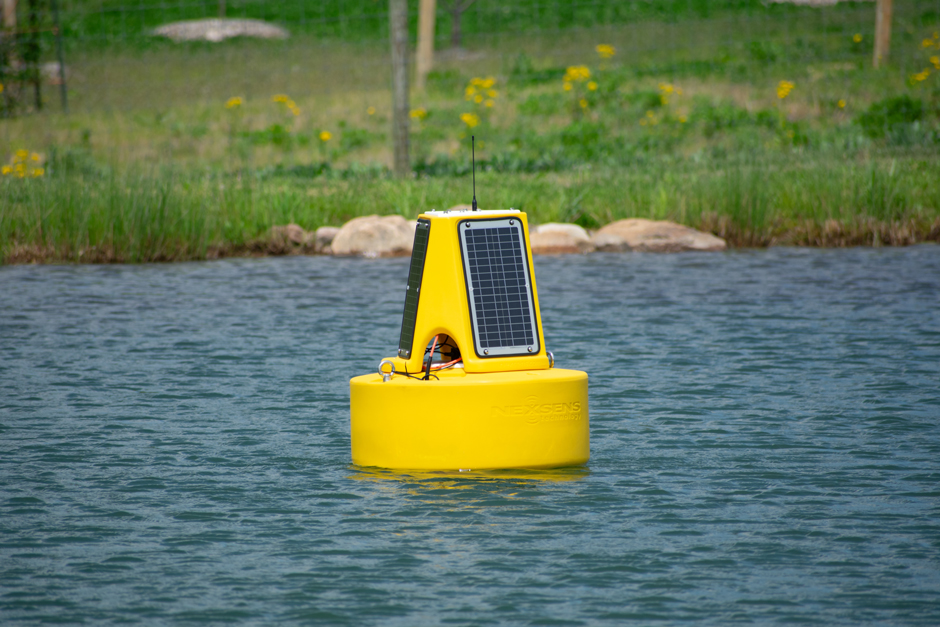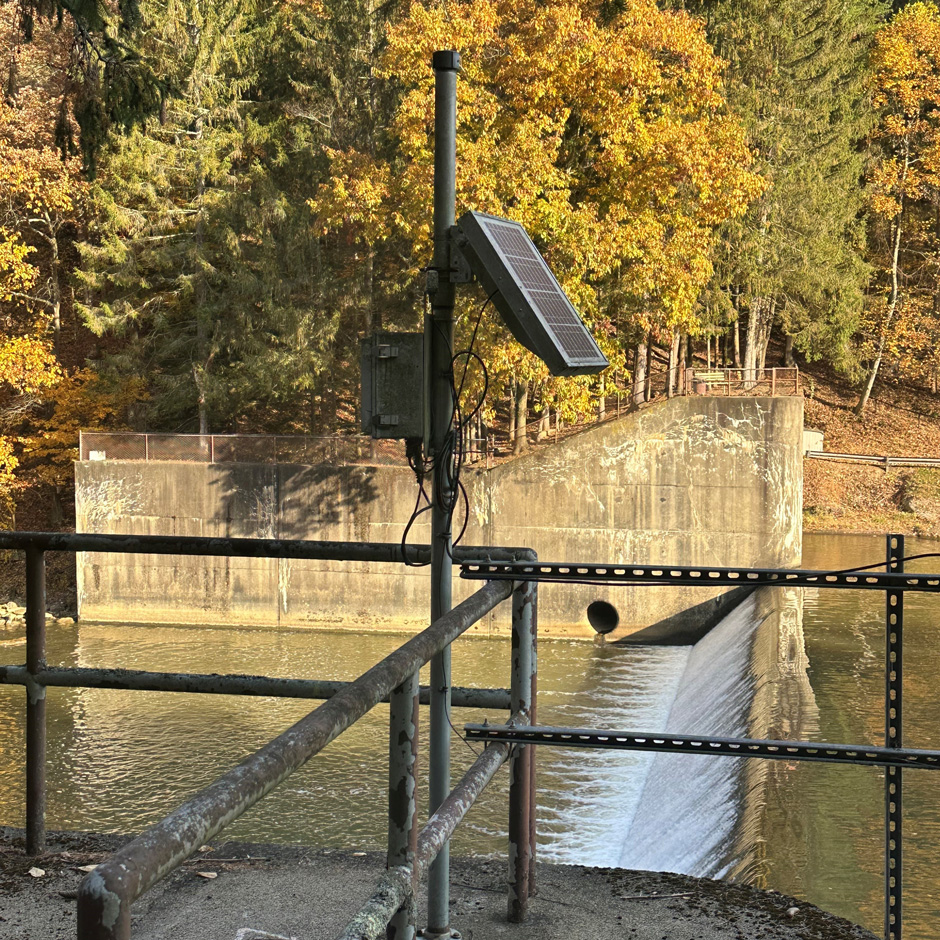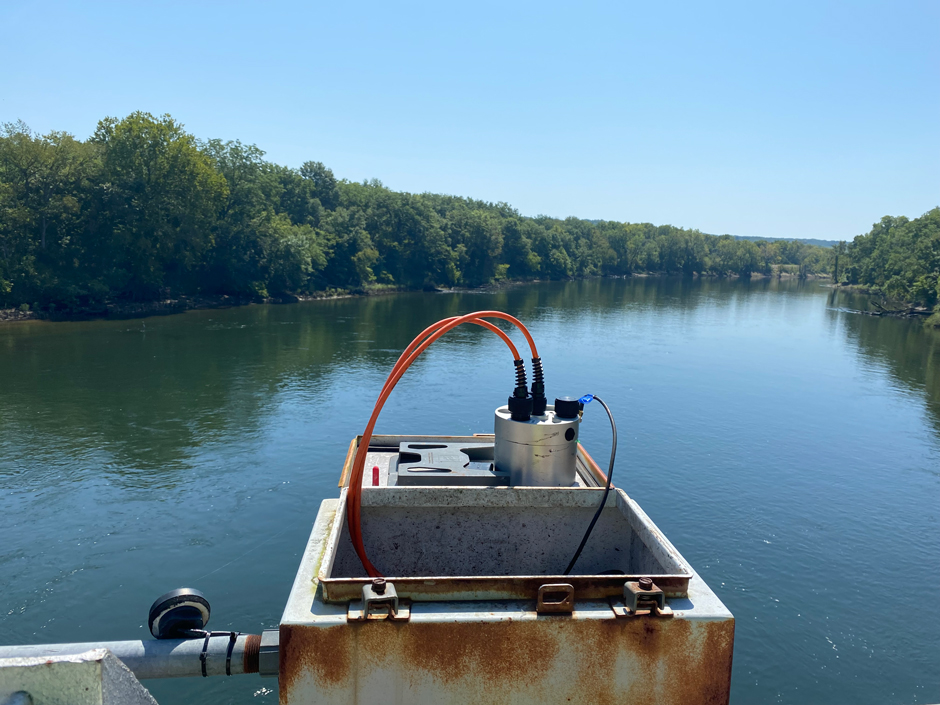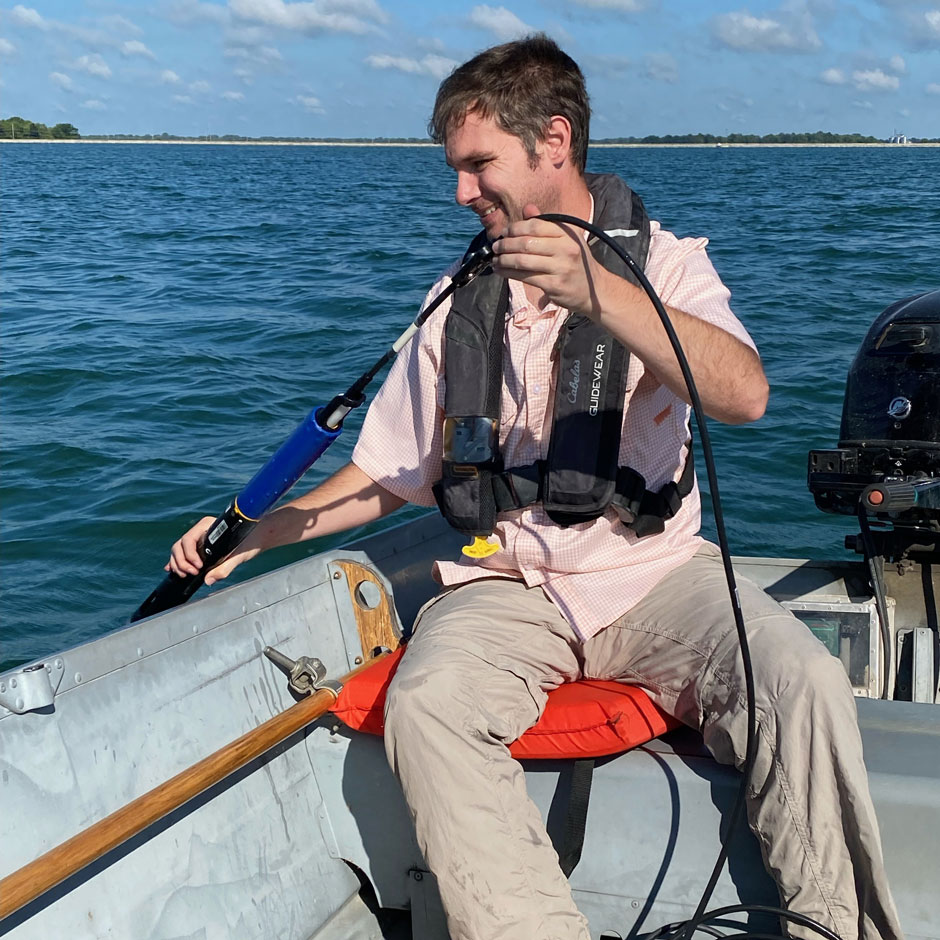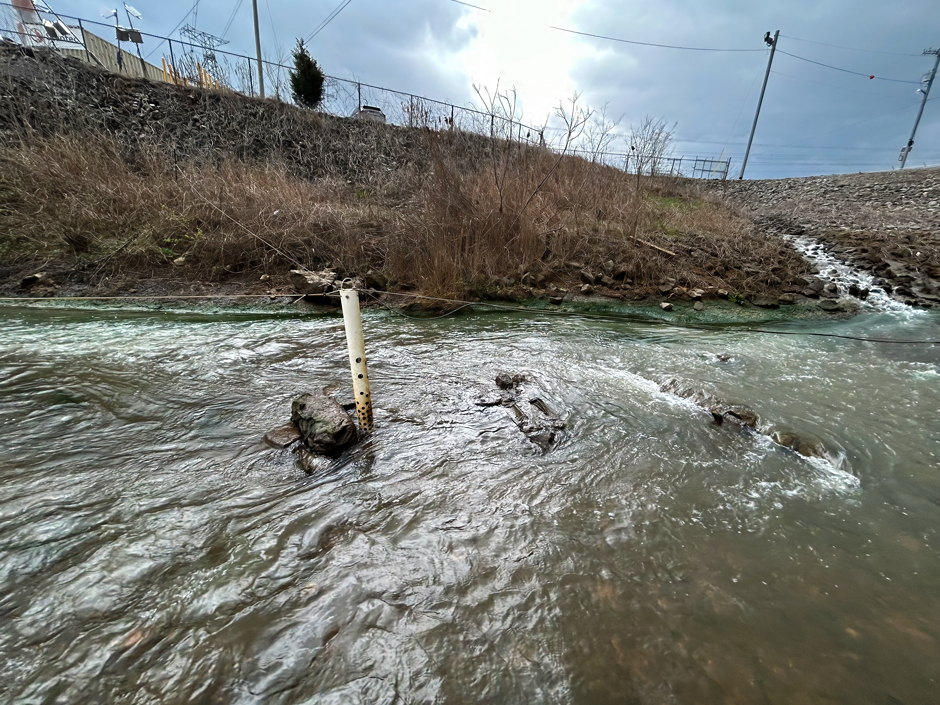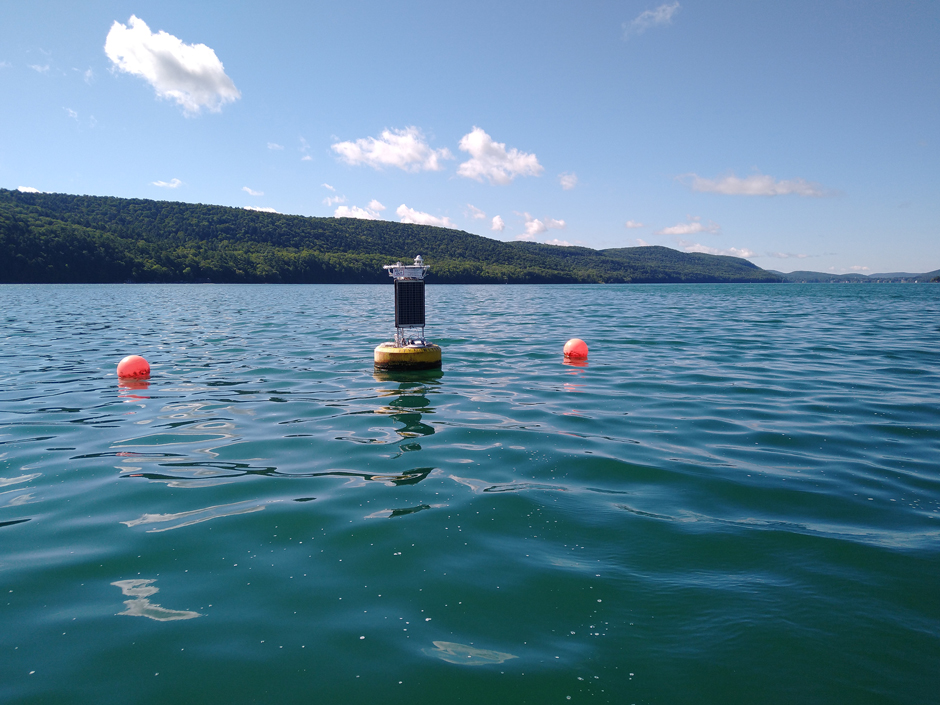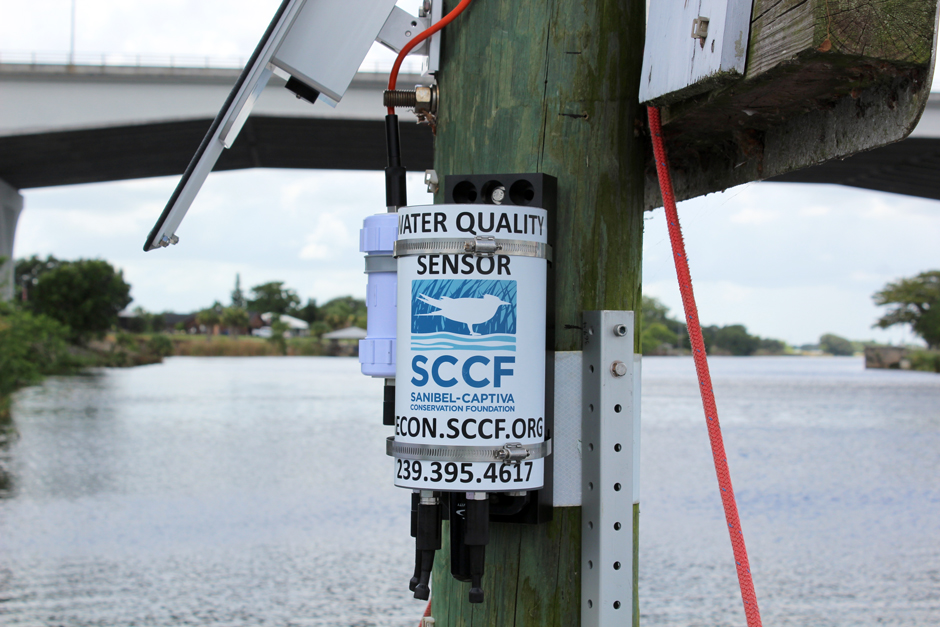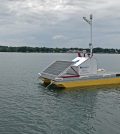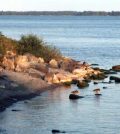Posts for tag "real-time monitoring"
From Hurricanes to Florida’s Red Tides: Monitoring the Southwest Gulf Coast
Nearly every year, southwest Florida is blighted by harmful Karenia brevis blooms–known colloquially as Florida red tides. These harmful algal blooms (HABs) form over the West Florida shelf and are pushed shorewards by winds and currents. Once...
- Posted June 25, 2025
Data-Driven Advocacy on the Lower Deschutes River
Like many freshwater environments, the Deschutes River in Oregon is under pressure from development, pollution, and climate change. Many rivers, streams and lakes in the Deschutes Basin do not meet Oregon water quality standards–where state water quality...
- Posted April 28, 2025
Expanding the Port Everglades: Real-Time Monitoring of Water Quality Conditions from Planned Dredging Operation
The Port Everglades in Broward County, Florida, serves large trade vessels and cruiseliners and incoming and outgoing recreational boaters. However, as cargo ships become larger, the port must expand. A dredging project led by the US Army...
- Posted April 21, 2025
Safeguarding Communities with Real-Time Flood Monitoring in the City of Hazelwood
The City of Hazelwood is a suburb in St. Louis County, Missouri, home to around 25,500 people. Recently, the community has suffered increased flash flooding following severe storms, prompting the need for the installation of a flood...
- Posted April 7, 2025
Great Lakes Research Center: Designing Targeted Monitoring Solutions
According to the National Oceanic and Atmospheric Administration (NOAA), the Great Lakes have more miles of coastline than the contiguous Atlantic and Pacific coasts combined and contain 20 percent of the world’s freshwater, making it a critical...
- Posted March 17, 2025
Monitoring Meadowbrook Creek: Real-Time Data Collection in an Urban Creek
Meadowbrook Creek in Syracuse, New York, has been monitored by Syracuse University (SU) faculty and students for over a decade. Originally established by Dr. Laura Lautz in 2012, the early years of the program focused on collecting...
- Posted March 10, 2025
Lancaster County Makes the Switch to Real-Time Water Quality Monitoring Systems
Continuous data collection in Lancaster County, Pennsylvania, started about 5 years ago, and the county will be making a major upgrade over the next year—switching from relying solely on the internal storage of water quality sondes to...
- Posted March 3, 2025
NexSens X3 Data Logger Review
Extreme environments meet extreme design with the NexSens X3 Data Logger. The new logger offers the latest in real-time monitoring technology with wireless communication, a large plug-and-play sensor library and ultra-low power consumption, all in a waterproof...
- Posted January 13, 2025
Monitoring OAE Efforts in Halifax: Fighting Climate Change with Emerging mCDR Strategies
Marine carbon dioxide (CO2) removal (mCDR) is an emerging strategy that aims to fight climate change by taking advantage of the carbon capture potential of our oceans. There are multiple types of mCDR approaches being evaluated globally,...
- Posted December 23, 2024
Cal Poly, San Luis Obispo Manages Monitoring Efforts in Morro Bay
California Polytechnic State University, San Luis Obispo (Cal Poly, SLO), has been monitoring Morro Bay for decades, and while the monitoring program has changed over the years, the dedication to monitoring the bay has remained the same....
- Posted November 18, 2024
Cross-Border Sewage Contaminated Flows: Monitoring the Tijuana River
The Tijuana River runs across the US-Mexico boundary, flowing into and throughout southern California, carrying with it nutrients and contaminants throughout the estuary. In recent decades, the flows have been heavily polluted with untreated sewage from the...
- Posted November 4, 2024
It’s a Buoy! Highlighting the New NexSens XB-200 Data Buoy
As scientists seek to better understand aquatic ecosystems, utilizing small data buoys to monitor offshore and cover more water is becoming commonplace. The new NexSens Technology XB-200 data buoy was designed for inland and coastal monitoring applications....
- Posted August 26, 2024
Building Reliable Systems: Hydroelectric Dam Monitoring in Western Pennsylvania
Hydroelectric dams are a source of renewable energy, and many have taken the place of fossil fuel reliance across the United States. While they provide green energy to the grid, they also impact the environment above and...
- Posted November 27, 2023
Remote Water Quality Monitoring with the Oklahoma Water Resources Board
The Oklahoma Water Resource board monitors local waterways in order to ensure federal compliance and protect local ecosystems.
- Posted October 2, 2023
From the Tap: Source Water Monitoring for Public Health
In regions with historically secure access to clean drinking water, few think about the work that goes into ensuring that the water they fill their cups with is safe. In reality, millions of dollars are invested in...
- Posted September 18, 2023
Choosing the Right Water Quality Monitoring Systems Is Crucial for Stantec Inc.
Data is king when it comes to water quality monitoring, and Stantec Inc. is committed to providing consistent quality data in real-time.
- Posted September 11, 2023
Before and After Harmful Algal Blooms: Long-Term Monitoring and Modeling in Otsego Lake
Throughout the years, harmful algal blooms (HABs) in the Laurentian Great Lakes have been meticulously documented and closely studied due to their annual appearance across the basin. While these blooms have become a recurrent issue in the...
- Posted August 28, 2023
Protecting the Caloosahatchee Estuary: Marine Water Quality Systems in Southwest Florida
The Sanibel-Captiva Conservation Foundation is dedicated to monitoring the impact of inland water flow to the Caloosahatchee Estuary.
- Posted August 21, 2023
Jefferson Project Expands Smart Tech to Skaneateles Lake
The Jefferson Project has begun a pilot program in Skaneateles Lake to determine what caused a large harmful algal bloom in 2017, the lake’s first.
- Posted November 2, 2018
Real-time WQ Monitoring in First Nations Communities Could Reduce Advisories
New research indicates that real-time monitoring on Canadian First Nations reserves can reduce the number of water quality advisories.
- Posted May 31, 2018



